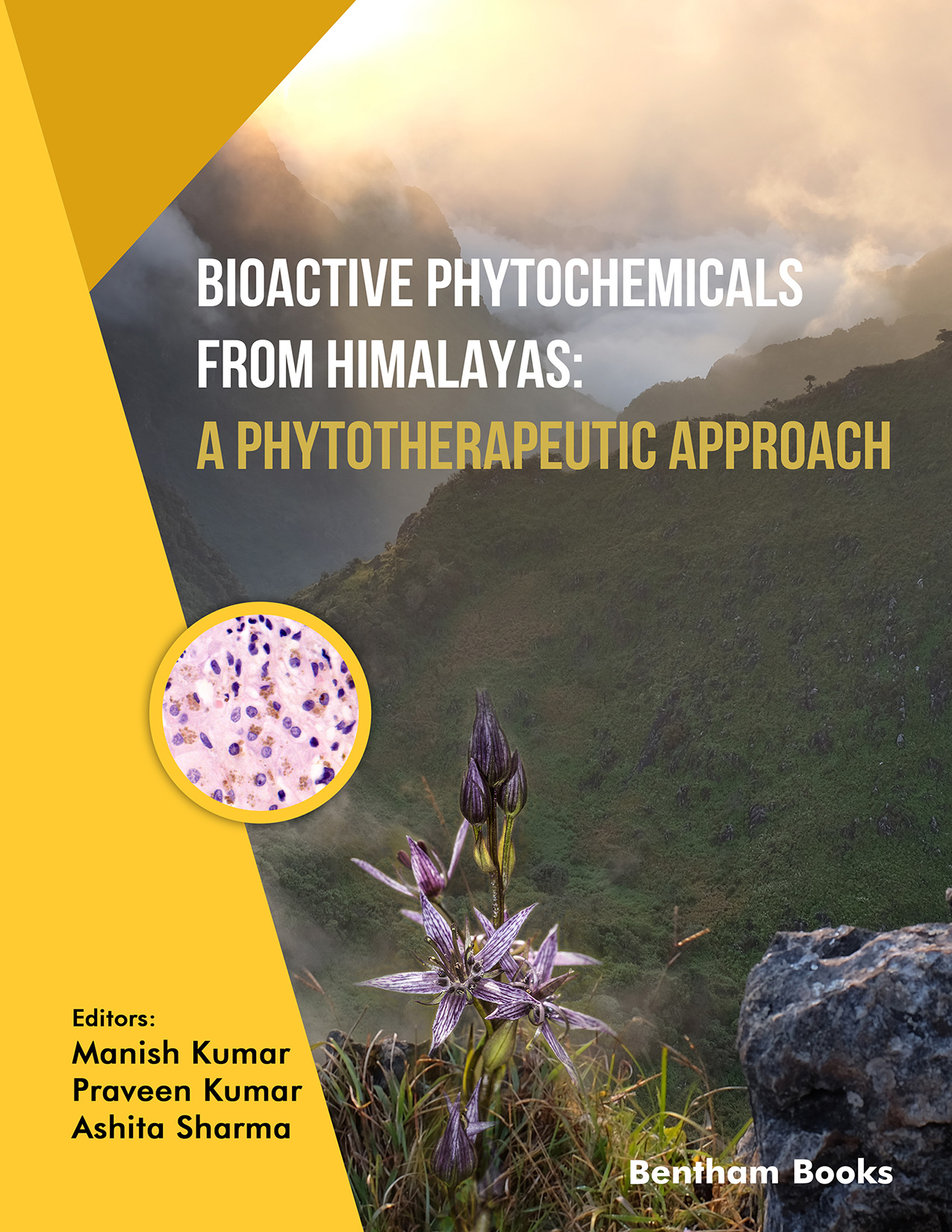Drug discovery remains a challenge currently despite the advancements such as high
throughput screening (HTS) of the synthetic libraries of candidate compounds. Even
in the modern era of medicine, getting a drug to the market is extremely difficult
and we still continue to rely on our traditional knowledge of medicinal plants in
the hope to get new drugs for better therapies. Plants have traditionally been used
for the treatment of various illnesses and despite the discovery of drugs derived
other than plants such as antibiotics and HTS of synthetic drugs, plant-based
products remain significant in numbers as drug molecules. Various plant-based
medicines such as paclitaxel, artemisinin, quinine, digoxin, etc.
are in clinical use. These drugs have revolutionized the medical world as they are
highly potent against various diseases.
The Himalayan region is considered one of the richest biodiversity regions of the
world exhibiting a wide variety of plant wealth, generally regarded as the Gold mine
of medicinal and aromatic plants. In addition to the description of Himalayan plants
in traditional medicine systems such as Ayurveda or Chinese medicines, plants of the
Himalayas are utilized by the local people of the region in the preparation of a
variety of herbal formulations for the treatment of a number of aliments including
cancer, gut diseases, diabetes, etc. Several plant-based drugs
viz. Artemisinin, Berberine, Quinine, Emetine, Ephedrine, Digoxin, Taxol,
Podophyllotoxin, etc. are obtained from plants in the Himalayan
region. This book compiles recent studies on the developments in the role of
bioactive phytochemicals derived from Himalayan plants in protection against various
disorders and associated research tools.
The first chapter authored by Bhatia and coworkers discussed the anticancer potential
of some of the Himalayan botanicals and their underlying pathways. The second
chapter of the book by Pandit et al. summarized the
hepatoprotective activities of several high-altitude Himalayan plants and tabulated
heptoprotective molecules from these plants. Singh and Singh demonstrated the
potential role of Himalayan botanicals in neuroprotection in the third chapter.
Chapter four by Pandey et al. collated the antidiabetic potential
of Swertia chirayita, which is an important herb of Himalayan
origin. Several pathways modulated by Grewia berries in metabolic diseases such as
cancer, diabetes, and hepatic disorders are described in chapter five by Rajput et
al. Sharma et al. discussed the therapeutic role of Atropa
belladona obtained from the Himalayas in chapter six. Rajak et al.
focussed on the immunomodulatory aspects of Tinospora cordifolia in chapter seven,
and Kavita et al. described the immunomodulatory potential of Withania
somnifera in chapter 8. In chapter 9, Mishra et al.
discussed Himalayan plants, which confer immunomodulation and antioxidant
protection. Chapter Ten by Shagun and Masakapalli comprehensively describes the
tools and techniques to isolate phytochemicals from Himalayan plants. Shagun and
Masakapalli in the last chapter discussed various phytochemical databases and
demonstrated how to use them to look for the botanicals derived from Himalayan
plants to facilitate phytotherapy research. The last two chapters hold great
significance as tools for researchers working in this area.
It is to be noted that the authors of various chapters are responsible and answerable
for any scientific queries and questions. We are highly grateful to the scientists,
who have contributed their research and made this book a unique compilation of
studies in the field. The book can serve as a handbook for researchers working on
various aspects of Himalayan plants focusing on therapy.
Manish Kumar
SD College, Barnala, Punjab, India
Praveen
Kumar
Department of Medicinal Chemistry,
Institute of
Medical Sciences,
Banaras Hindu University,
Uttar Pradesh, India
&
Ashita Sharma
Department of Civil
Engineering,
Chandigarh University,
Gharaun, Mohali, India

